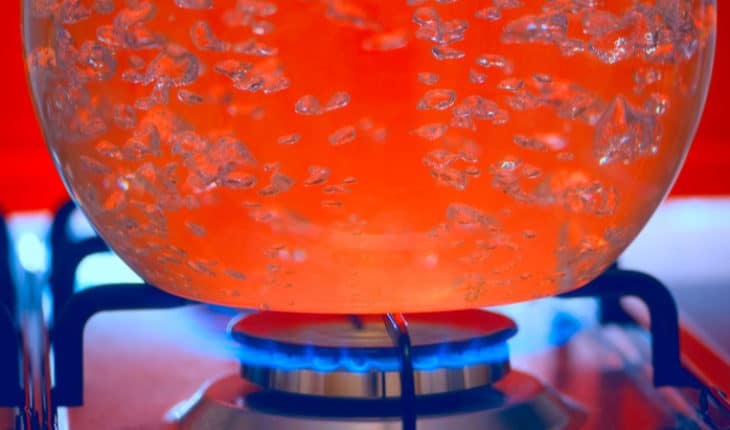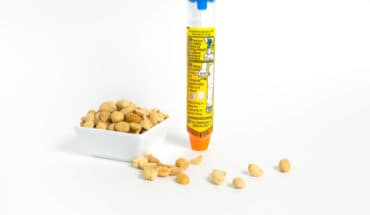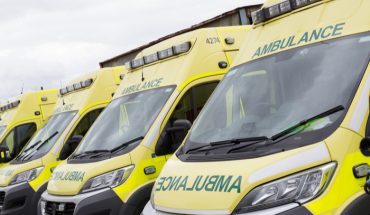Responding to the latest set of performance figures released by NHS England for July 2021, President of the Royal College of Emergency Medicine, Dr Katherine Henderson, said: “The NHS has been running hot for months now and these figures show we are nearly at boiling point.
“We are worried that the public think that things are getting back to normal on the virtual eve of a further reduction in restrictions, and messages from the centre that says things are OK are disingenuous – the reality is that the health service is really struggling.
“Four-hour performance has sunk to its lowest ever level, we have levels of 12 hour waits we would usually associate with winter, and July saw the second highest ever number of attendances across emergency care units. Yet there is no sign of rescue ahead of winter. Despite our calls for action, crowding is back with us and is compromising patient care.”
Performance figures for Emergency Care for the NHS in England in July 2021 showed that:
- there were 1,431,499 attendances at major Emergency Departments – the second highest on record
- 67.7% of patients waited less than four hours from arrival to admission, transfer, or discharge in Type 1 EDs – the lowest percentage on record
- the number of patients waiting more than four hours after a decision to admit them stood at 89,768 – this is a 30% increase compared to June 2021 (66,619) and is the third highest ever
- the number of patients waiting more than 12 hours after a decision to admit them stood at 2,215 – by far the highest July figure on record (second highest is 451 from July 2019).
Dr Henderson said: “The NHS was in a pretty dreadful state going into the pandemic – we were seeing record waits across the board, due to insufficient resourcing – but the sheer determination of an overstretched workforce, combined with a ‘whatever it takes’ approach, got us through.
“The problems that were with us before the pandemic have not gone away. Not only do they remain but are now much worse due to the impact of Covid, as these figures make crystal clear.
“The ambulance service saw the highest ever number of ambulance callouts for life threatening conditions in July, and we saw ‘trolley waits’ in hospitals go up by 30% on the previous month. This means there have been delays offloading ambulances and patients have experienced long waits to be seen and moved to a bed if they need admission.
“Emergency Departments are very, very busy.
“There has also been a steady rise in Covid presentations and even though numbers are still low all the infection risk concerns remain in hospitals, further depleting capacity. Staff have had no let up and are worried about what the winter will be like if this is where we are in the summer.
“Demand is driven by multiple factors – difficulties accessing primary care, complications of chronic conditions, new presentations of significant illness and waiting list patients with on-going symptoms and no sign of getting their care sorted any time soon. NHSE recommends patients to access help via 111 but unless the system is responsive and clinically supported and other options available that advice too often defaults to go to the Emergency Department. Local health systems must ensure adequate urgent care facilities for their communities, letting Emergency Departments have capacity to treat the seriously ill and injured.
“The other side of this is problems with supply – we do not have enough staff, beds, or equipment. There is still no plan for social care, which has a huge impact on the NHS. These have been issues for some time, but on top of this is the growing waiting list for elective care, staff absence due to a combination of leave and necessary self-isolation, and an even lower bed capacity due to infection prevention control measures.
“We fear for what winter may hold; we know it will be worse than now but a heavy flu season, another potential Covid surge and an understandable desire not to cancel elective care this winter could cripple us and put patient safety at risk.
“NHS Trusts must do all that they can to wring out every drop of capacity ahead of winter and the Department of Health and Social Care must extend ‘discharge to assess’, which made a significant difference freeing up beds during the pandemic. There has been a sustained rise in the number of patients experience long stays in hospital, and this funding is critical to freeing beds and maintaining flow in hospitals.
“We also need clarity in terms of performance – we are currently in a performance vacuum with Trusts uncertain about what they need to focus on. Implementing some of the metrics proposed by the Clinical Review of Standards is vital ahead of winter. We need to operationalise the metric of a maximum of a 12 hour stay from point of arrival. This will be a small step to reducing exit block, and allow timely ambulance offloads.
“While the NHS rollout of the vaccine has been an incredible success, parliament must not take its eyes off the ball regarding the state of the NHS. This autumn’s spending review – one which has not been put out to consultation – is an opportunity for the government to further signal it’s ‘peace time’ commitment to NHS funding and help prevent the NHS from boiling over this winter.”
- New lipid-based pathway discovered as key to memory formation - 25th June 2025
- Crucial link could explain how Alzheimer’s takes hold - 25th June 2025
- Understanding Your Mind Can Improve Daily Life - 25th June 2025







